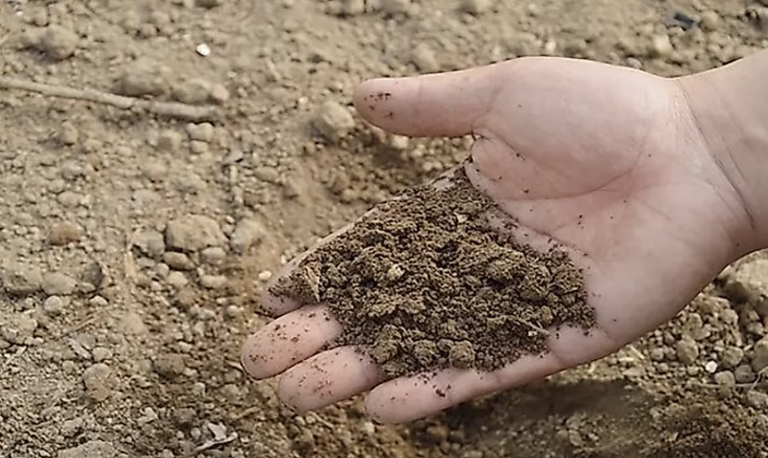What is Soil Classification?
Soil classification is the systematic categorization of soils based on their physical characteristics, such as particle size, plasticity, and texture. It provides essential data that guides construction decisions, agricultural management, and environmental planning.
Why Is Soil Classification Important?
Classifying soil helps engineers and builders understand its properties and predict how it will behave under different conditions.
Key reasons include:
- Safety and Stability: Ensures structures are designed for safe load-bearing.
- Efficient Design: Helps in selecting suitable foundations1, roads, and drainage systems.
- Cost Savings: Prevents expensive project delays or failures by identifying unsuitable soils early.
Without accurate soil classification2, projects risk structural problems, reduced lifespan, and increased costs.

What Are the Main Soil Classification Systems?
The two most widely used soil classification systems are:
| Classification System | Primary Usage | Ключевые функции |
|---|---|---|
| Unified Soil Classification System (USCS) | Геотехническая инженерия | Grain size, plasticity, behavior |
| AASHTO Soil Classification System | Road and Pavement Engineering | Grain size distribution, plasticity |
These systems group soils into categories such as sands, gravels, silts, clays, and organic materials, enabling standardized communication and analysis across industries.

How Is Soil Classification Performed in the Lab?
In a laboratory, soil classification involves several key tests:
- Sieve Analysis3: Determines grain-size distribution of coarse-grained soils.
- Hydrometer Analysis4: Measures fine-grained particle size distribution through sedimentation.
- Atterberg Limits Tests5: Evaluates soil plasticity, differentiating between clays and silts.
- Visual and Manual Inspection: Initial identification through color, texture, and consistency.
Combined, these tests provide a comprehensive soil profile, leading to precise classification according to accepted standards.

How Does Soil Type Influence Project Design?
Soil classification directly affects engineering design decisions:
- Foundation Choice6: Clay soils require deeper or special foundations, while sands and gravels support shallower foundations.
- Drainage Requirements7: Impermeable soils necessitate careful drainage planning to avoid water accumulation and structural damage.
- Pavement Thickness: Road design and materials depend heavily on subgrade strength determined by soil classification.
- Construction Methodology8: Determines equipment and methods needed for excavation and compaction.
Understanding soil type ensures efficient and safe design, reducing risks and optimizing costs.
Заключение
Accurate soil classification is foundational for successful engineering, construction, and agricultural projects. By systematically identifying soil types through reliable methods, professionals can ensure safer structures, efficient designs, and lasting project outcomes.
-
Discovering suitable foundations for various soil types can save costs and enhance project stability. Check out this resource for insights. ↩
-
Understanding soil classification is crucial for ensuring safety and efficiency in construction projects. Explore this link to learn more. ↩
-
Explore this link to understand the importance of Sieve Analysis in determining soil grain-size distribution, a key factor in soil classification. ↩
-
Discover how Hydrometer Analysis measures fine-grained particle sizes, crucial for accurate soil classification and understanding soil behavior. ↩
-
Learn about Atterberg Limits Tests, which evaluate soil plasticity and help differentiate between clays and silts, essential for engineering applications. ↩
-
Explore this link to understand how different soil types influence foundation choices, ensuring safe and effective engineering designs. ↩
-
This resource will provide insights into managing drainage effectively based on soil characteristics, crucial for preventing structural issues. ↩
-
Learn about the appropriate construction methods for various soil types to enhance project efficiency and safety. ↩








